Sustainability Corner

Sticker Mule
In today's world, branding and marketing play a critical role in the success of any business. One of the most effective ways to promote your brand is by using stickers....
Sticker Mule
In today's world, branding and marketing play a critical role in the success of any business. One of the most effective ways to promote your brand is by using stickers....
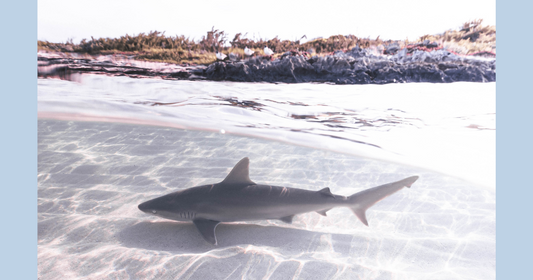
Why sharks are important to the oceans
August 19th, 2021 The crucial role that sharks play It's common for us humans to have a fear of sharks. We hear stories about shark attacks that feed this fear...
Why sharks are important to the oceans
August 19th, 2021 The crucial role that sharks play It's common for us humans to have a fear of sharks. We hear stories about shark attacks that feed this fear...
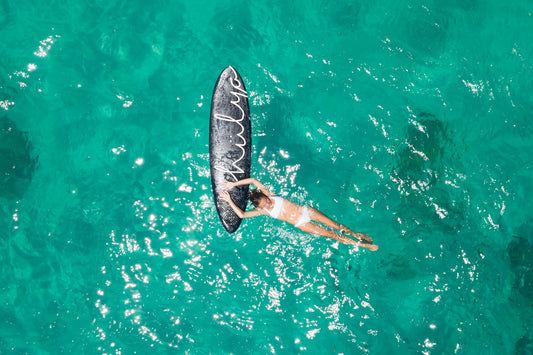
Best surf spots in the United States
July 23, 2021 Written by: Anna Rojo Amazing surf spots you have to visit Incase you didn't know, here at Hülya, we love a good surf spot! Nothing beats...
Best surf spots in the United States
July 23, 2021 Written by: Anna Rojo Amazing surf spots you have to visit Incase you didn't know, here at Hülya, we love a good surf spot! Nothing beats...
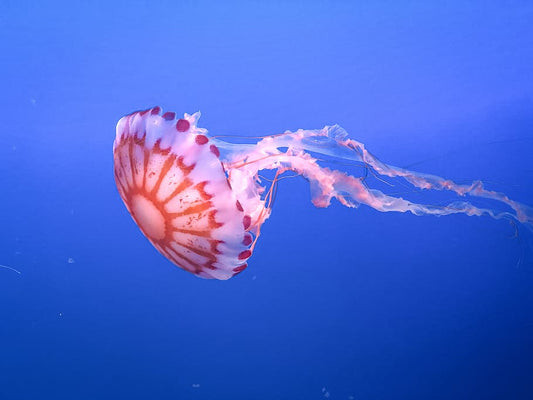
Most fascinating ocean creatures
July 8, 2021 The ocean's most fascinating creatures 📸 : pxfuel.com Out of sight, out of mind The ocean is a magnificent place. It's so huge that most of it...
Most fascinating ocean creatures
July 8, 2021 The ocean's most fascinating creatures 📸 : pxfuel.com Out of sight, out of mind The ocean is a magnificent place. It's so huge that most of it...
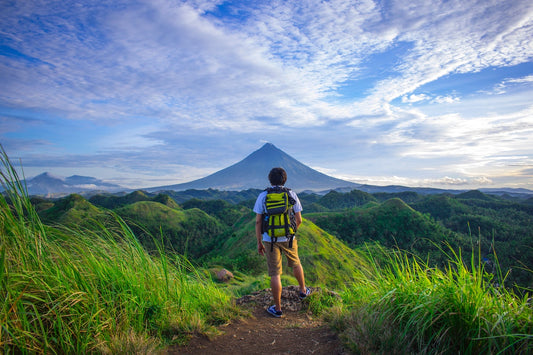
10 of the biggest global environmental issues.
June 15, 2021 Serious environmental issues the world is facing. 📸: Wikipedia Commons Before it's too late. Research indicates that by 2030, climate change will begin to have a seriously...
10 of the biggest global environmental issues.
June 15, 2021 Serious environmental issues the world is facing. 📸: Wikipedia Commons Before it's too late. Research indicates that by 2030, climate change will begin to have a seriously...
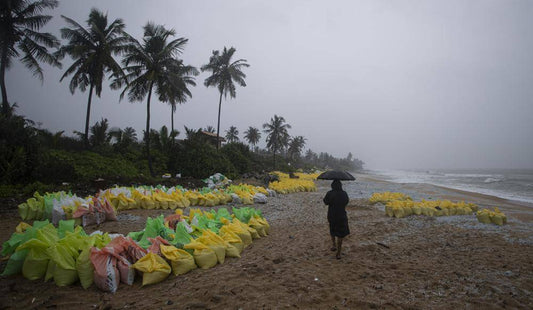
What's Happening in Sri Lanka?
Sri Lanka faces an environmental disaster after a major shipwreck.
What's Happening in Sri Lanka?
Sri Lanka faces an environmental disaster after a major shipwreck.
